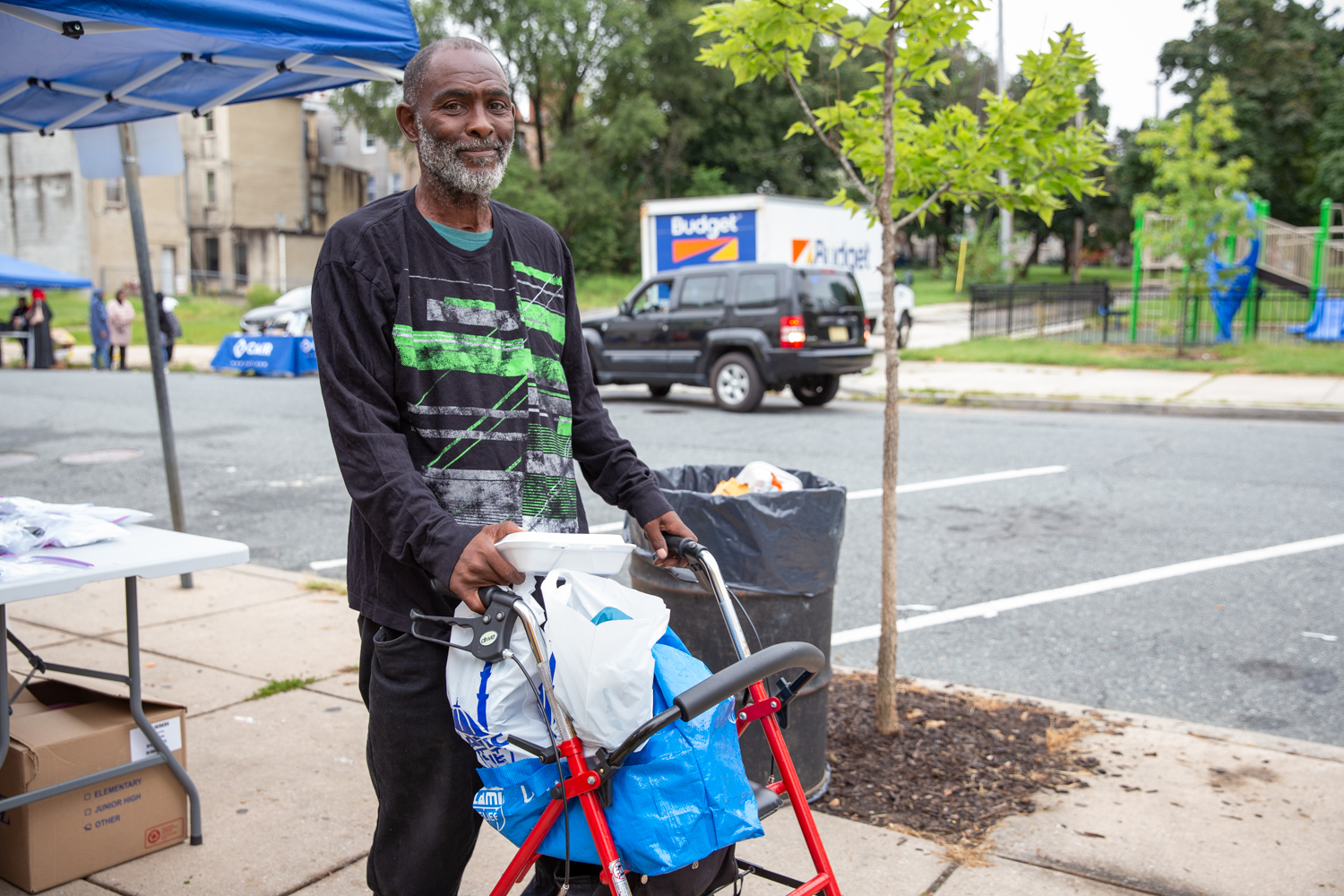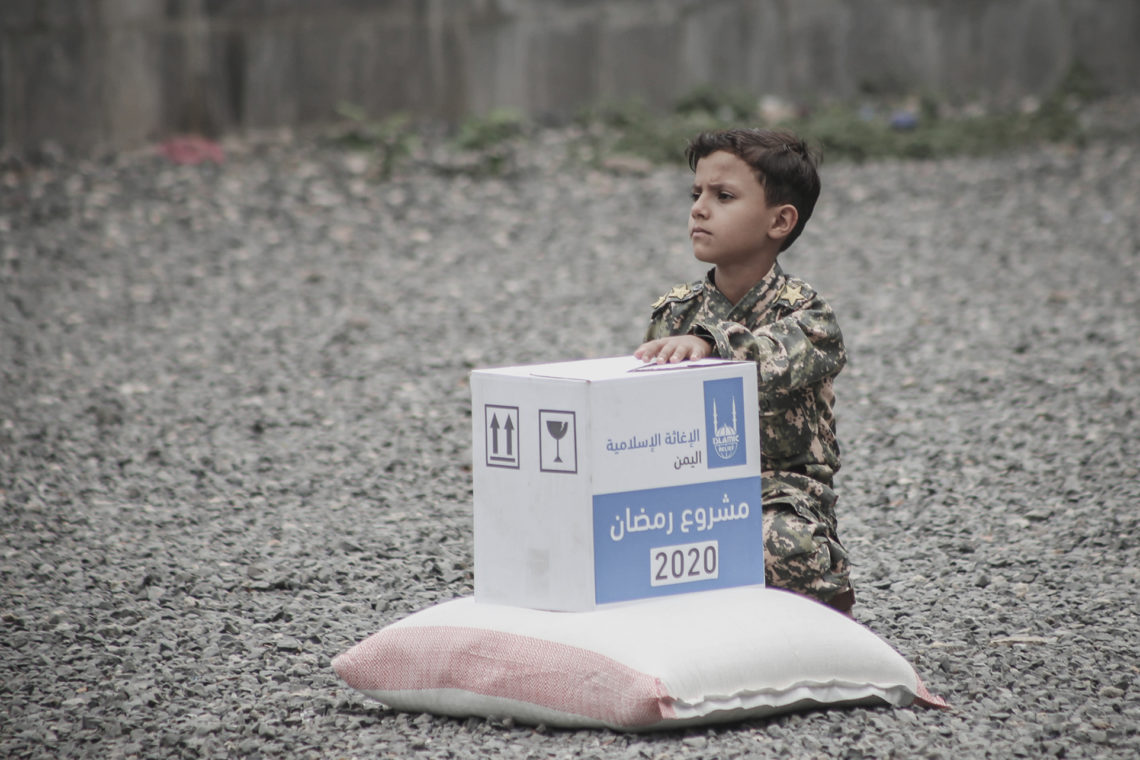
Yemen in the Crosshairs
Airstrikes blanket communities and leave fatalities
By Syrah Rahman
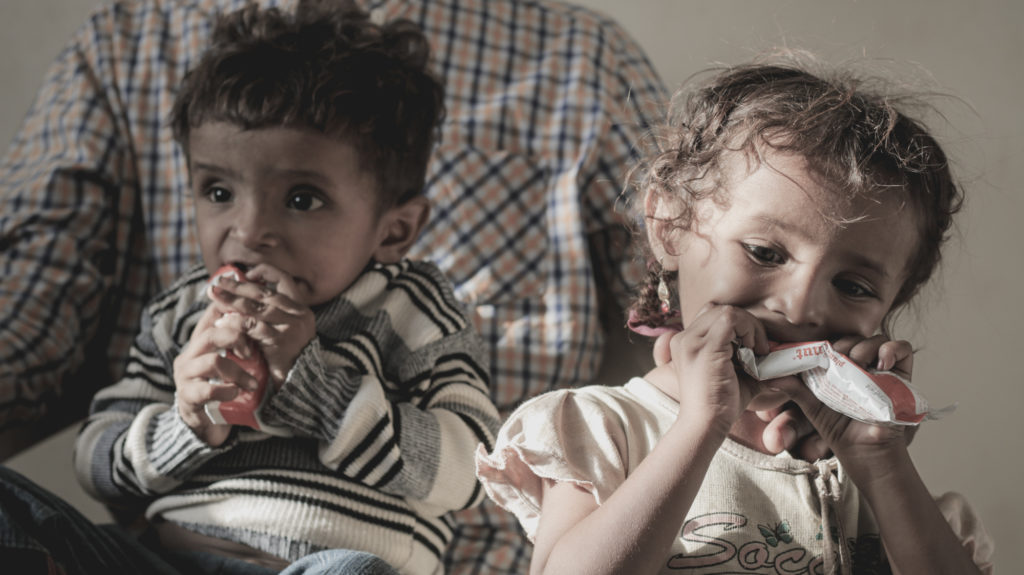
The civil war that continues to devastate the people of Yemen has once more hit the headlines. Air raids in the cities of Hodaida and Sa’ada have killed over 70 people and left hundreds more wounded. This attack, the deadliest in the region in over two years, has left aid agencies horrified at the disregard for civilian lives and infrastructure in a crisis that has been dubbed the world’s worst humanitarian crisis.
An escalation in the crisis
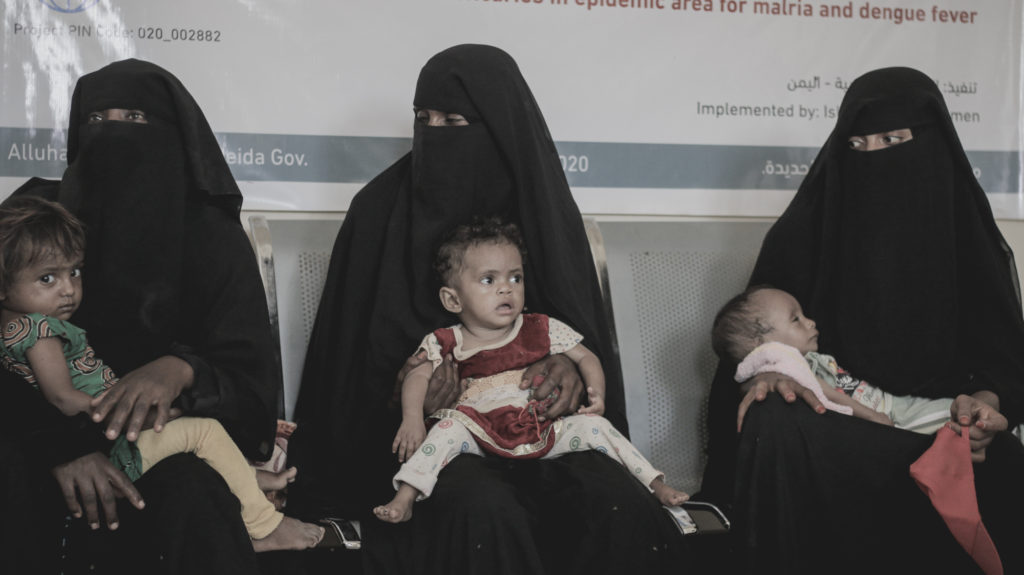
A recent escalation in the conflict that has been going on for more than six years resulted in the strike on January 21. Amongst the destruction caused was a detention center in the city of Sa’ada (1), in which more than 60 people were killed, a majority of whom were migrants.
In the city of Hodaida, according to Save the Children (2), the strike killed three children as they were reportedly playing football. Key telecommunications facilities in Hodaida were also left badly damaged, resulting in internet outages throughout the country.
Medicins Sans Frontiers (3) were clear in their criticism of the strikes, with Ahmed Mahat, MSF head of mission in Yemen, quoted as saying. “This is the latest in a long line of unjustifiable airstrikes carried out by the Saudi-led coalition on places like schools, hospitals, markets, wedding parties, and prisons.” Mahat said. “Since the beginning of the war we have frequently witnessed the terrible effects of indiscriminate coalition bombing on Yemen, including when our own hospitals have been attacked.”
The conflict’s rise at the tail end of 2021 (2), resulted in an increase in civilian casualties of 60% over the last three months of the year. Now with 2022 getting off to a devastating start, and signs of conflict escalations increasing further, aid agencies are on high alert for the humanitarian cost to rise even further.
Worsening Figures
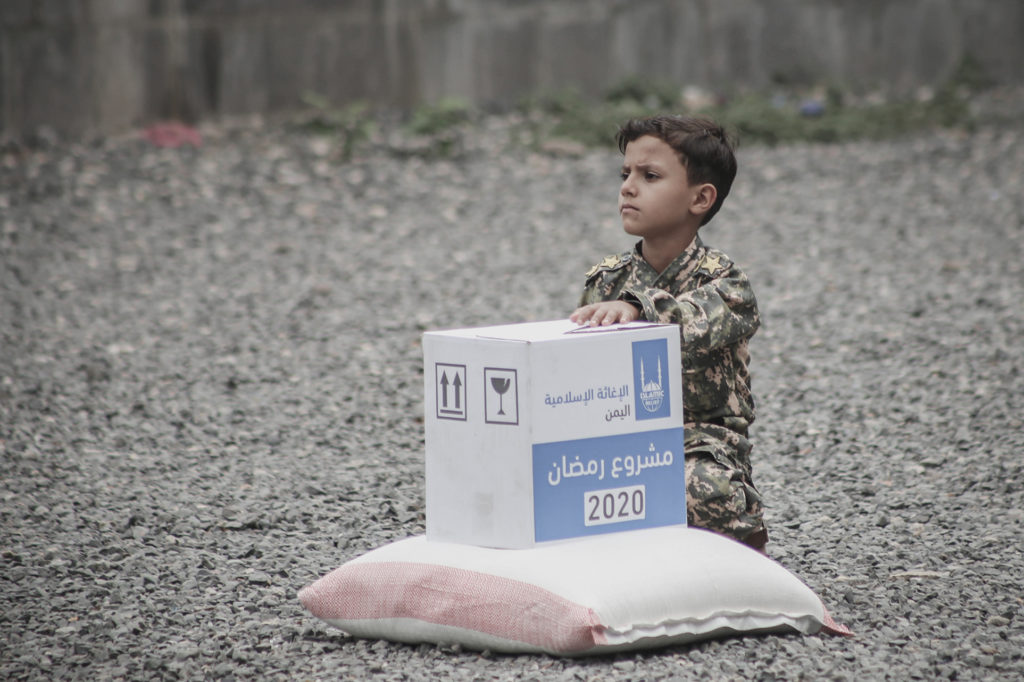
Distributing food aid during Ramadan month in Yemen – 2020
A blog published by the World Bank (4) in November highlighted the acute problems facing the people of Yemen. A devastating series of events have pushed the country even closer towards the brink of famine. These events, including the COVID-19 pandemic and a drop in humanitarian aid, has led to food access decreasing dramatically and in turn, an increase in the price of food.
The situation has also been compounded by a fuel shortage that has resulted in a decreased ability to transport food. However, the knock on effect of this is that now, low-income, vulnerable families have less money to spend on other necessities. Notably resulting in a decrease in access to healthcare.
The UN estimates that 377,000 people have lost their lives during the conflict in Yemen. (5) However a report by the UN stated that roughly 60% of those deaths have been caused not by the fighting, but by indirect causes such as preventable diseases and famine.
Famine is a spectre that looms large over the people of Yemen, with escalating conflict only serving to increase the risk. According to figures published in July (6), there are currently 13.5 million people in Yemen deemed ‘food insecure’ with that figure projected to increase by almost 3 million. 47,000 of those are projected to be subject to famine.
Further highlighting the severity of this crisis are the estimated 3.5 million internally displaced Yemenis. Men, women and children who are many times more vulnerable to the effects of famine and preventable illnesses. Illnesses such as malnutrition, an ailment that is currently affecting 1.7 million children under the age of 5 in Yemen.

Finding a Solution
The numbers in question here are astonishing, and the humanitarian cost of this conflict has been heartbreaking. However, the solution is far from clear. A UN effort in March 2021 to raise the $3.85n needed to deliver the necessary aid to Yemen fell considerably short of its target, reaching $1.7bn.
Aid agencies are continuously hampered in their efforts by logistical issues on the ground, such as worsening infrastructure and political roadblocks, to name but two. It seems as though the world’s worst humanitarian crisis is likely to get even worse for the people of Yemen.
The UN Secretary General’s envoy to Yemen, Hans Grundberg, told a Security Council Meeting (5). “Seven years down the road of war, the prevailing belief of all warring sides seems to be inflicting sufficient harm on the other will force them into submission.” Grundberg said, “However, there is no sustainable long-term solution to be found on the battlefield.”
IRUSA in Yemen
Islamic Relief USA has been a leading humanitarian organization in Yemen, with over 3000 field staff and volunteers in the country. IRUSA has provided vital, life-saving aid to provinces across the country. Since the first intervention IRUSA has worked on every level of recovery, rehabiliation, and redevelopment of the most vulnerable communities in Yemen. This has not been without trial and tribulation. Any effort towards these aims has been made possible by unwavering support. Thanks to donors like you, we’ve supplied food aid, clean water and sanitation, as well as supported healthcare systems in the wake of the pandemic.
IRUSA has built a strong network of programs and infrastructure within Yemen, and we are committed to being there for its people.
Sources
1 – https://www.nrc.no/news/2022/january/70-killed-in-yemen/
4 – https://blogs.worldbank.org/arabvoices/critical-role-escalating-food-prices-yemens-food-security-crisis
5 – https://www.aljazeera.com/news/2022/1/18/yemens-humanitarian-crisis-at-a-glance
6 – https://blogs.prio.org/2021/07/humanitarian-biometrics-in-yemen-the-complex-politics-of-humanitarian-technology/




